Casa de las Nubes (The House of Clouds)Isabro Ortega (1952-2018)
About the Artist/Site
Truchas is a small, although rather spread out, village located below Truchas Peaks in the heights of the Sangre de Cristo mountains, located on the “high road” from Santa Fe to Taos at about 8000 feet above sea level. For half a century or more it has been renowned for the craftworks created by “dynasties” of local artisan families – such as George López the wood carver and the Cordova family of handweavers – as well as for other numbers of artists and craftspeople, drawn by the beauty of the mountain vistas. But other families, although they might also have had artistic abilities, worked instead in the historically-important vocations of subsistence agriculture and mining. For this latter, many men traveled to Ratón, New Mexico, some 135 miles away.
Isabro Ortega’s father was one of these miners; although Isabro remembered that he had an interest in architecture and other arts, he worked in the mines, and eventually died from black lung disease when Isabro was still relatively young. For years before his father died, he was unable to work due to his disability, and young Isabro would accompany him on his errands, as he was so often short of breath and unable to complete his tasks.
Ortega had known master carver George López when young, but had never taken the time to really talk to him or learn from him about his craft. Instead, he went to school to study to be a court reporter; he enjoyed his studies but did not like the actual work once he had graduated. After serving in this capacity for the courts in Santa Fe for one and one-half years, he quit; he was disgusted by the machinations of the “crooked attorneys” and the sometimes twisted compromises of the court system.
He then moved back to Truchas, and began building a house on land that had belonged to his family, just west of the house in which he had been born. Constructing it two stories high overlooking the far-flung mountain vistas, he named the building Casa de las Nubes – the House of Clouds – because it seemed he could almost reach them from the upper story. But Ortega, like many other young men of Truchas and other local mountain villages, began to drink too heavily, and drifted into alcoholism, unable to complete any productive work. Thus, although he began the house when he was 29 or 30 years old, he let it slide for at least two decades. Finally, around 2004, he was able to quit his addiction, and stayed sober since that time.
Then he began to carve. His first carving of a small santo led to more, as well as to small frames, noise-makers, and arrows. But he also returned to the Casa de las Nubes, innovatively carving window frames, niches, doors, ceiling, and even some floor treatments, each different, and each stunningly distinct. With some he added rusted cans, picked up on the road in front of his house, the cans that his own parents had used and tossed out; with others he added small twigs of willow, branches of mesquite cactus, or rounds of copper. He was able to make a living fabricating frames, small pieces of furniture, and doors for clients; he also taught carving classes in the summer for local children. Between commissions and teaching, he returned to work on his Casa.
After having lost so many years while he was an alcoholic, Ortega became committed to finishing the house. At the time of my visit he had almost completed the interior plastering around the woodwork, and was excited about a moss rock “garden” that he wanted to install on the bottom floor, complete with a perpetually-running fountain. He considered turning the house into a bed-and-breakfast inn; he was sure people would want to stay there, with all of its distinctive hand-carved woodwork.
In addition to the typical rooms of the home – kitchen, bedroom, bathroom – Ortega also installed a small chapel on the second floor. Completely ornamented with his carved wood decorations, he also painted the flat areas in between with various religious images. He had intended to commission someone else to paint them, but then decided to do so himself; the result is strong and compelling.
The exterior of the Casa is still raw with grey cement over chicken wire over adobe bricks, but Ortega added such adornments as cutouts of male and female kachinas as bannisters on the upper deck, and pierced the protruding vigas so that he would ultimately be able to hang ristras of chiles.
Isabro Ortega passed away without completing his Casa; the future of the site is uncertain.
~Jo Farb Hernández, 2014
Contributors
Map & Site Information
Truchas, New Mexico, 87578
us
Latitude/Longitude: 36.0441834 / -105.8127561
Nearby Environments


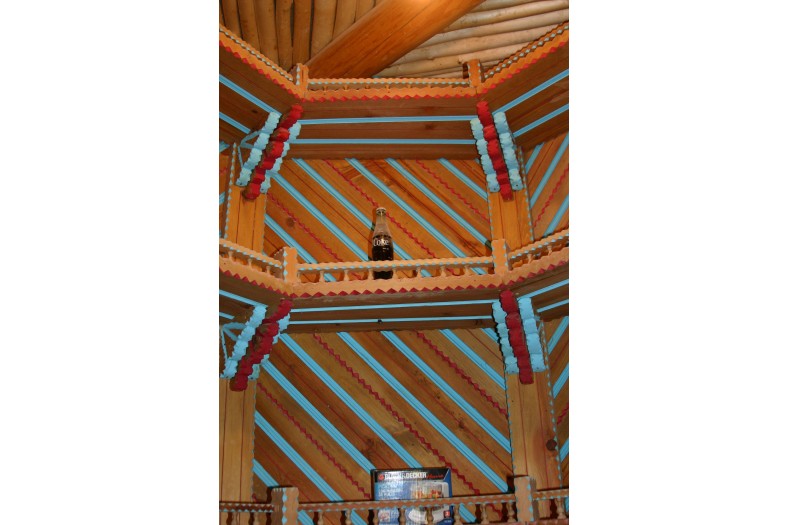
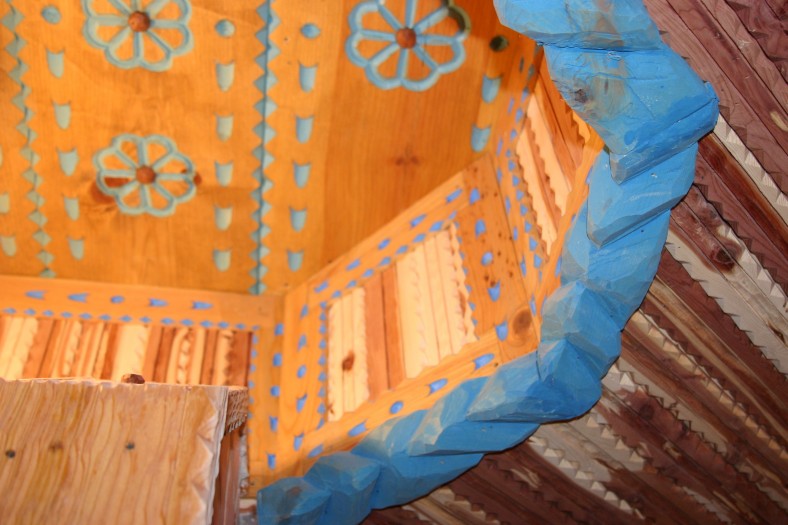

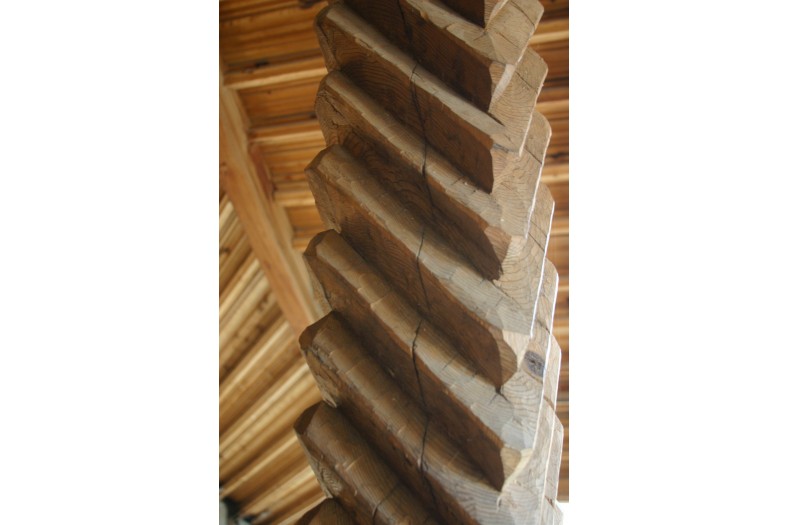
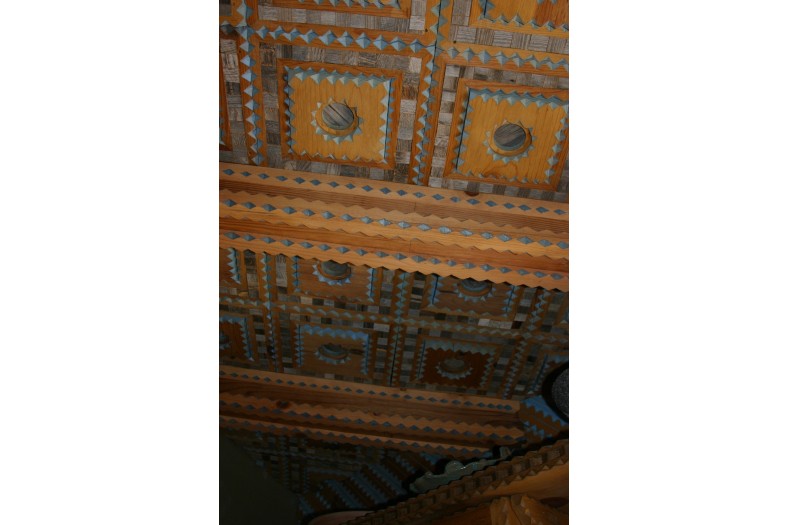
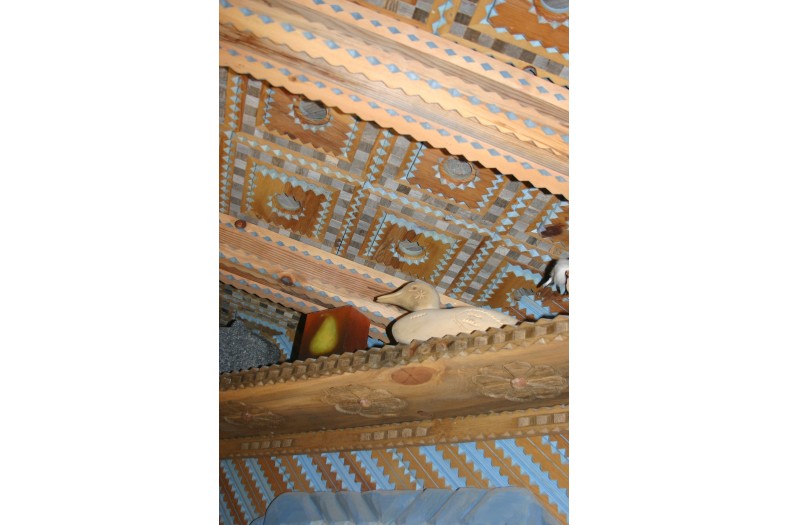
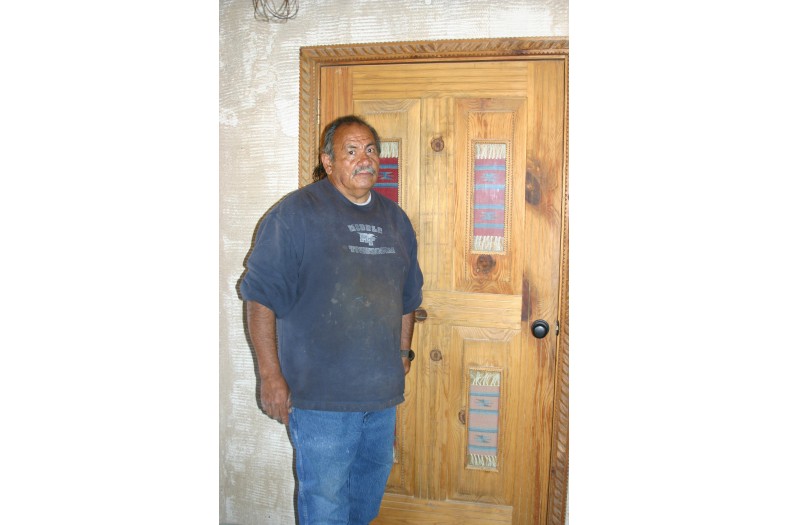
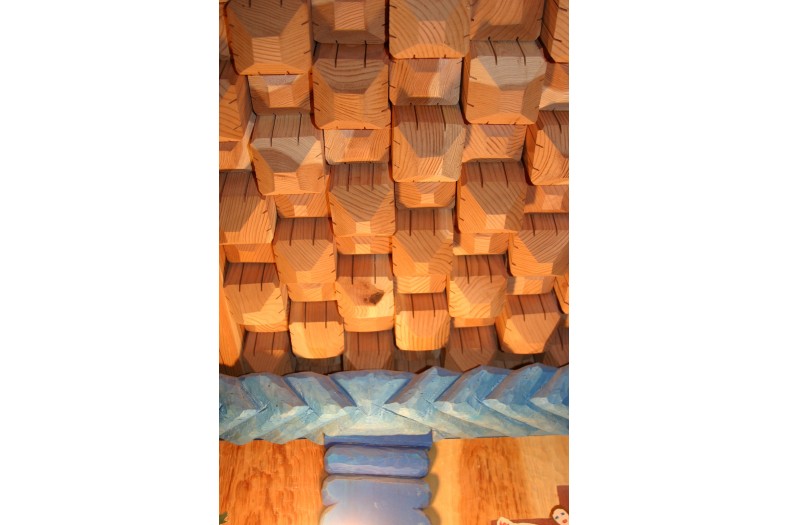
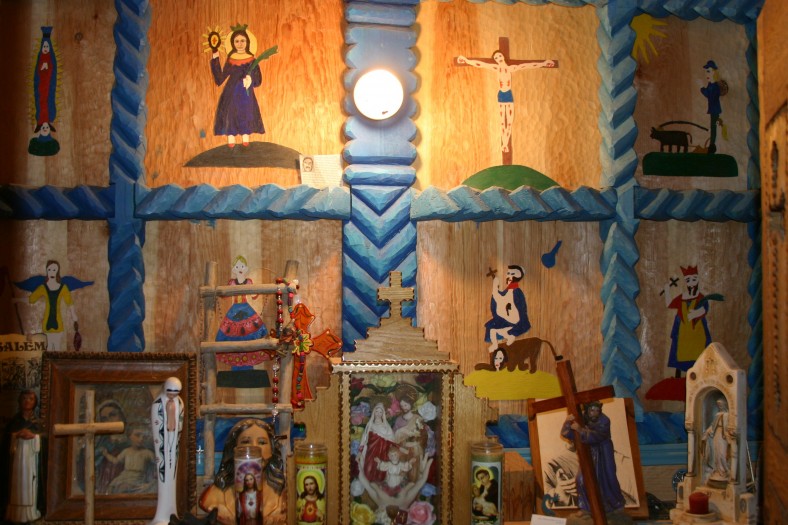
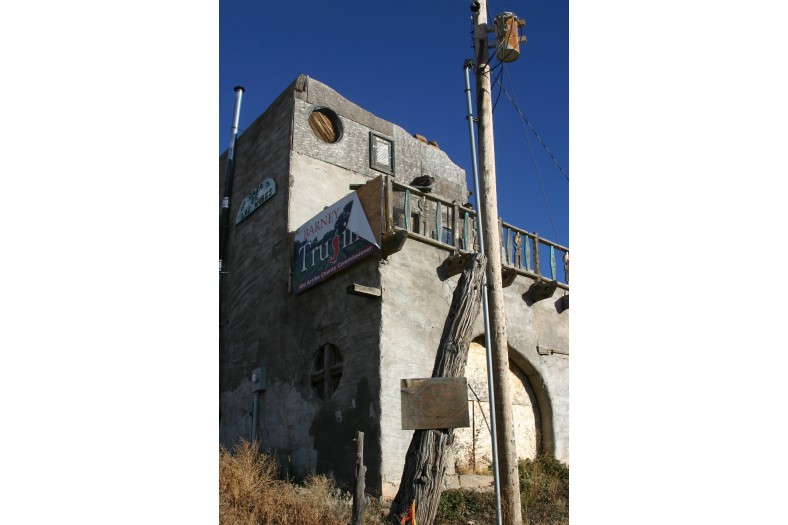
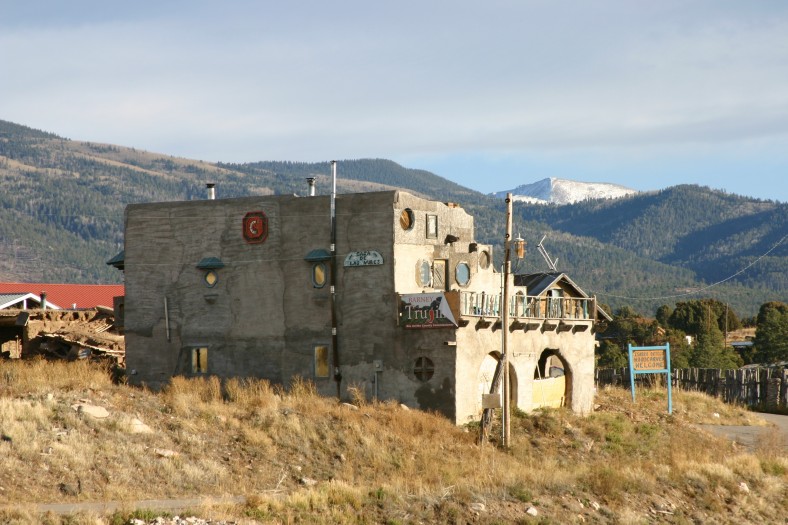

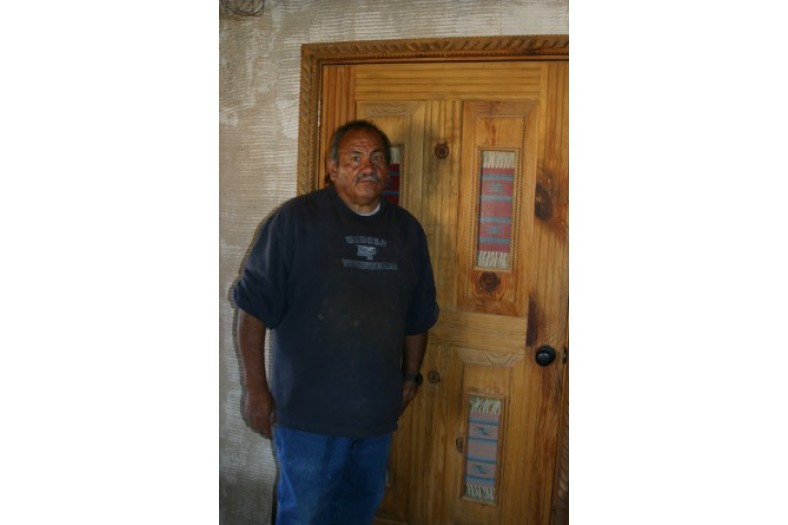
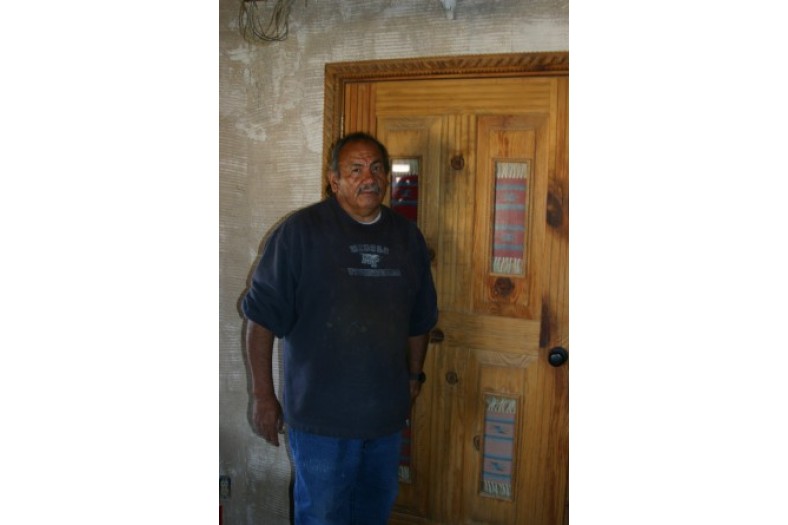

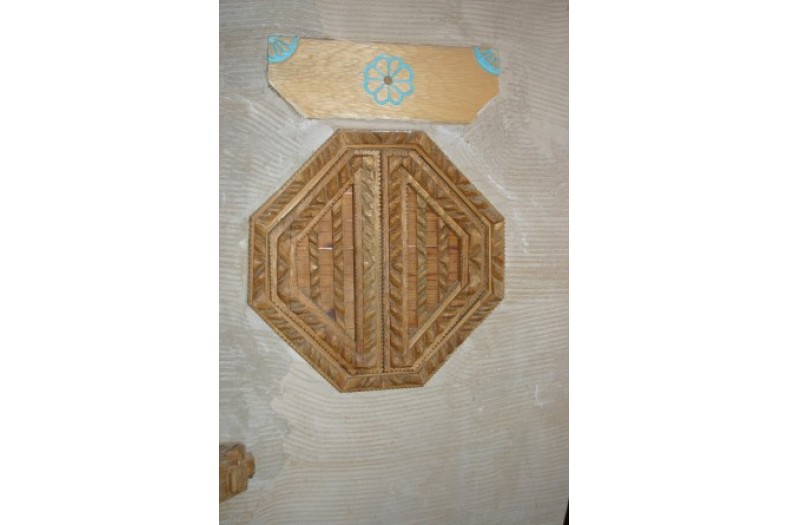
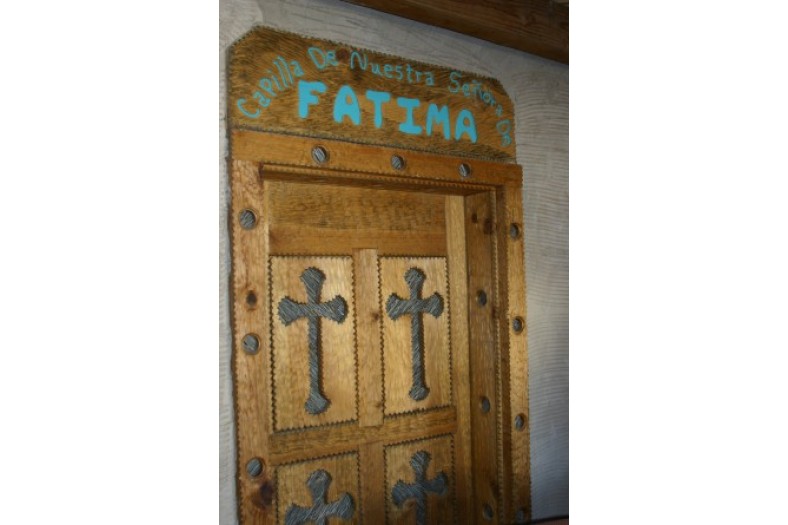
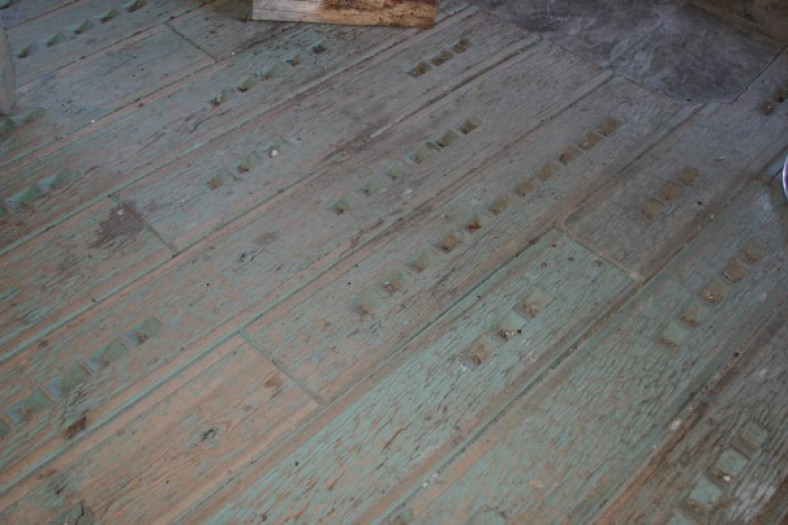

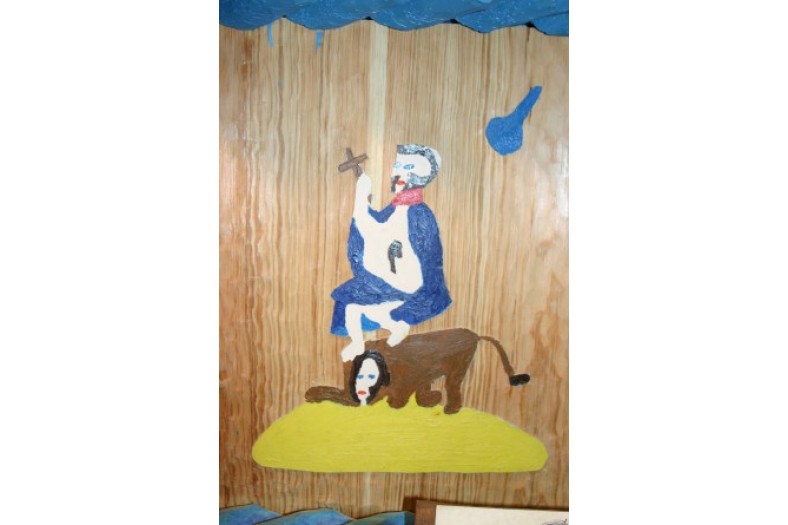

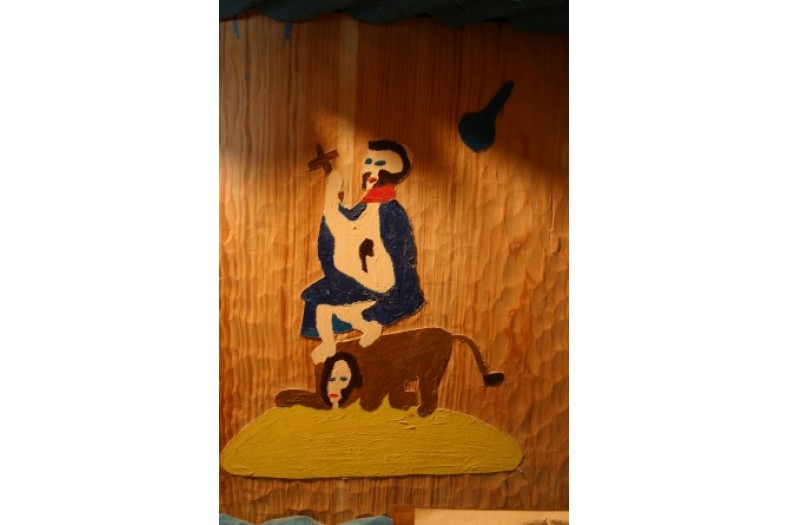
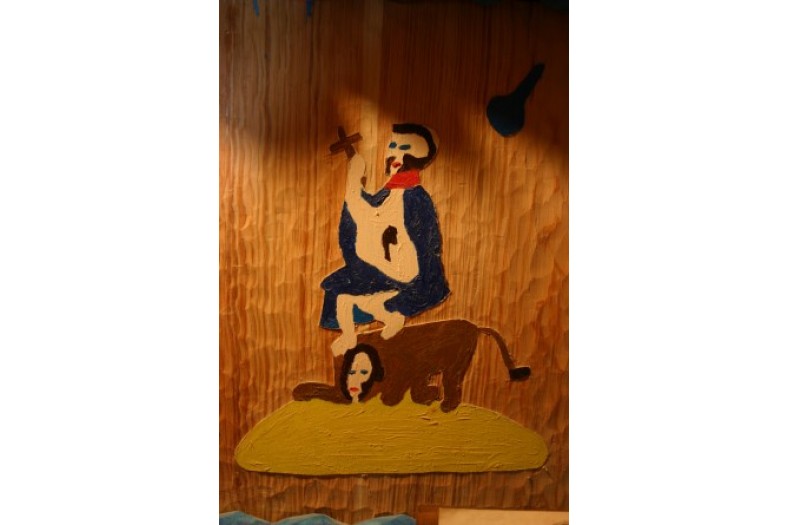
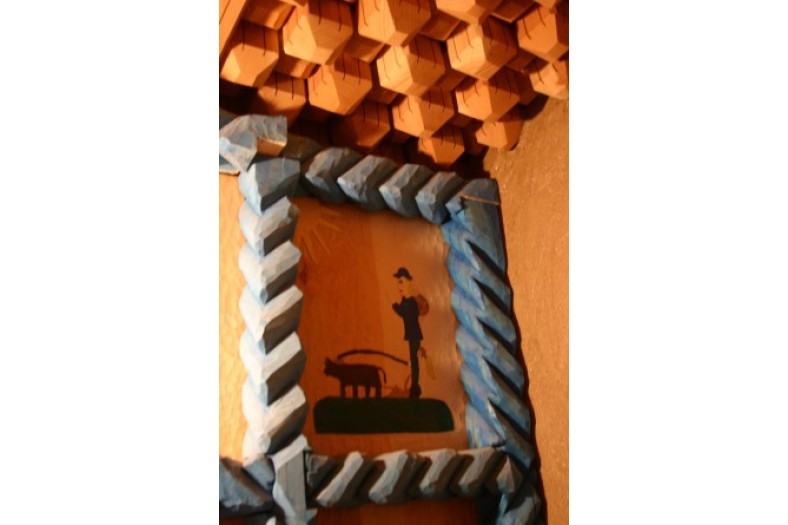
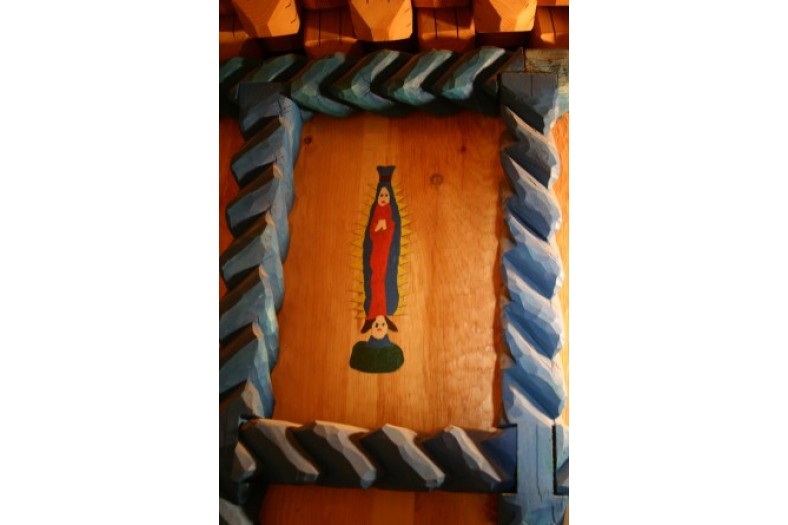
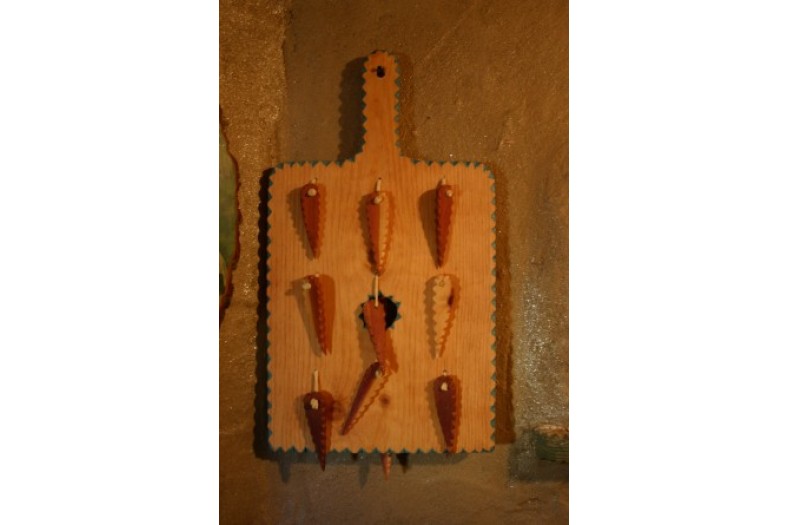
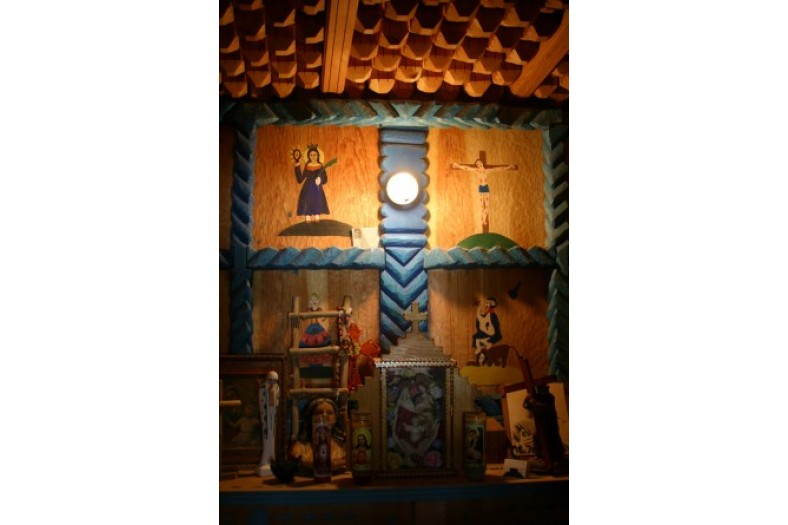
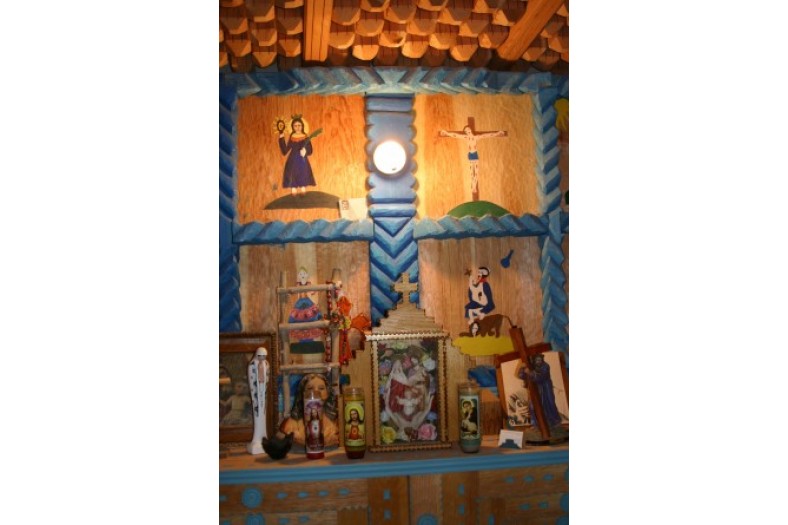

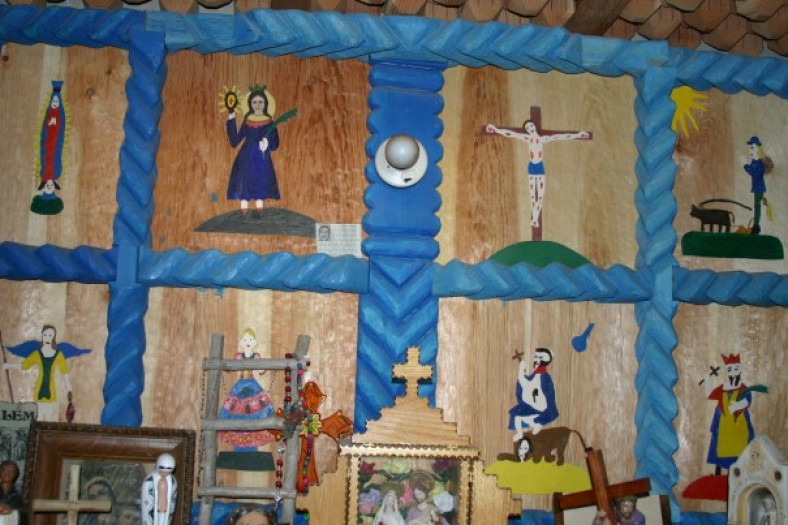
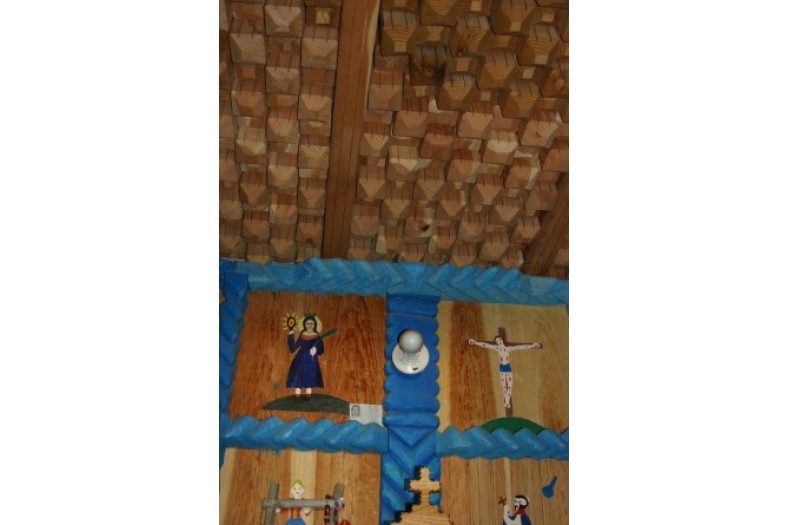
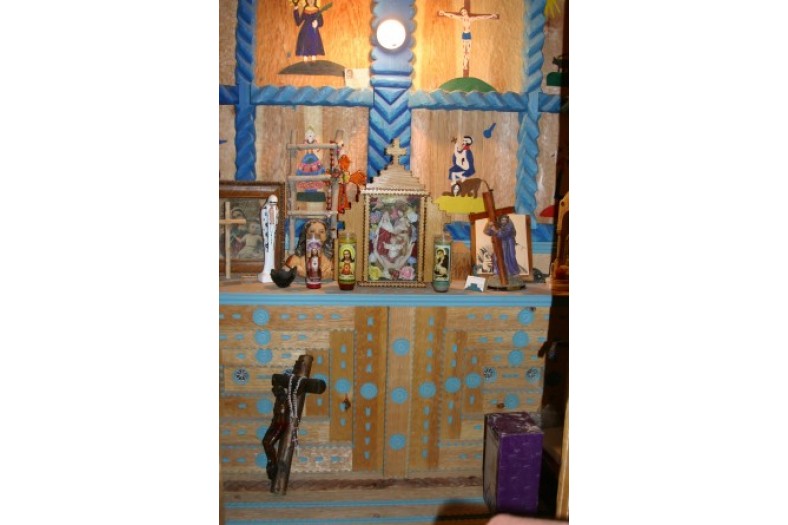


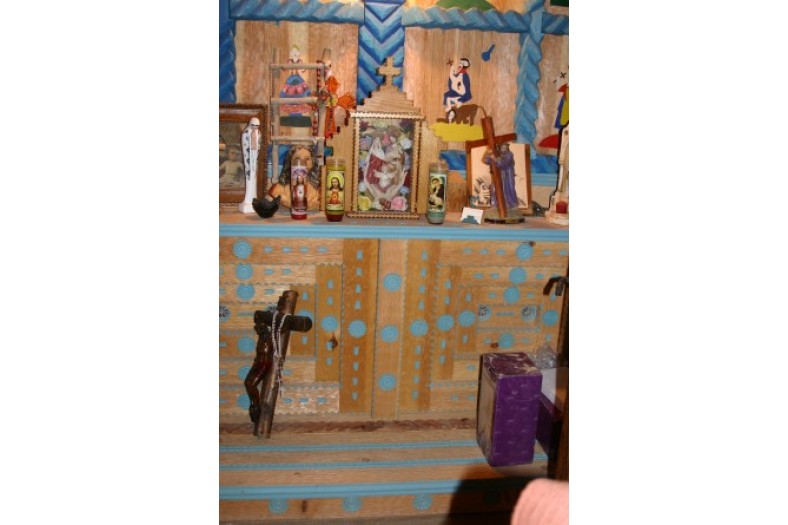
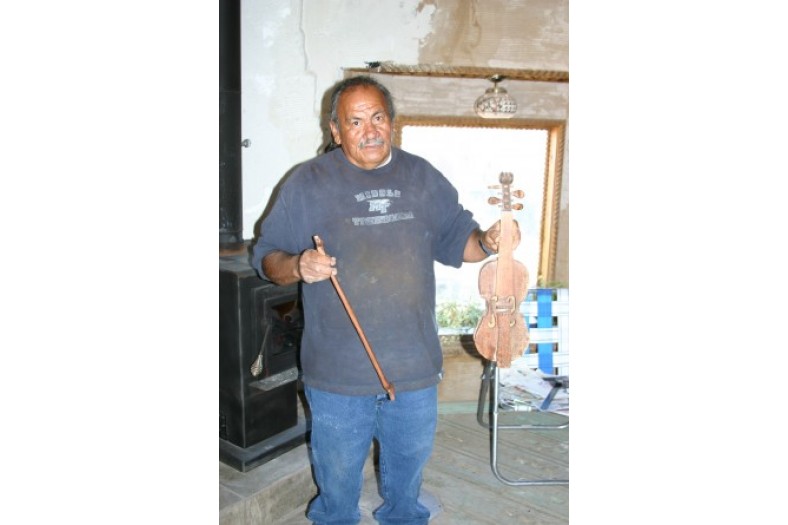
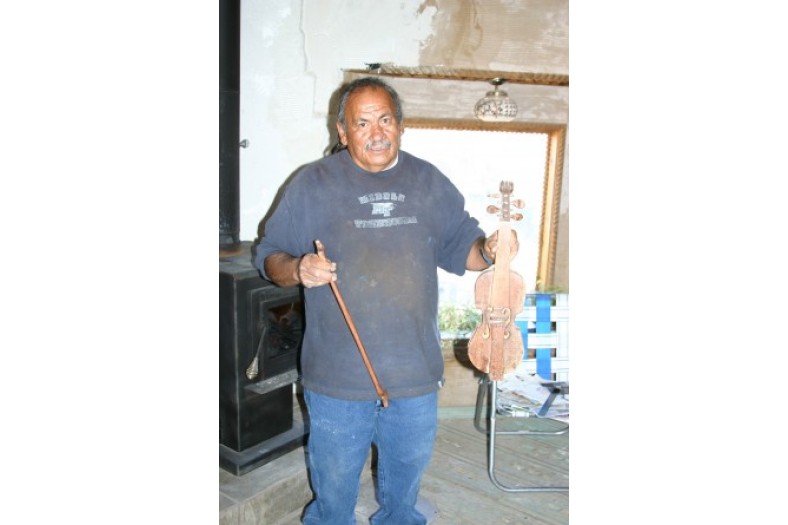
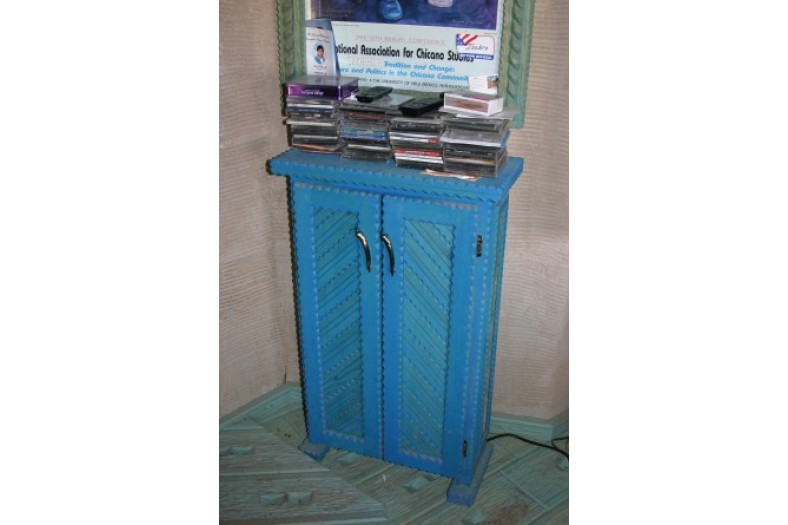
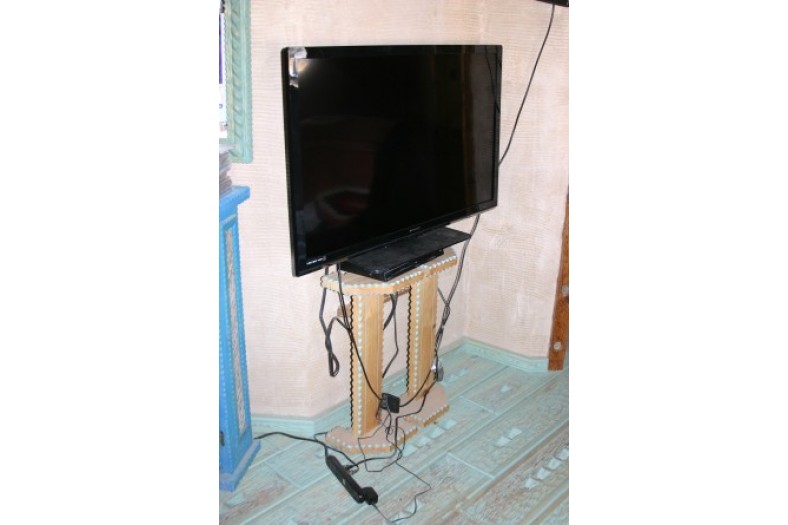
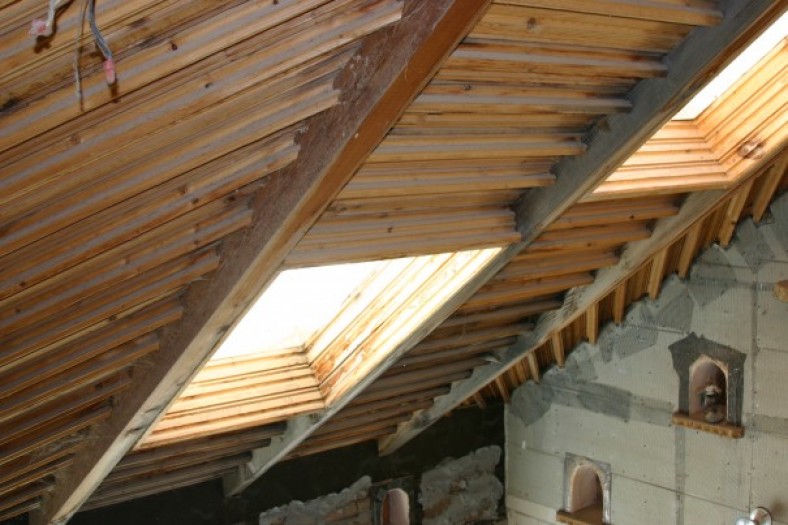

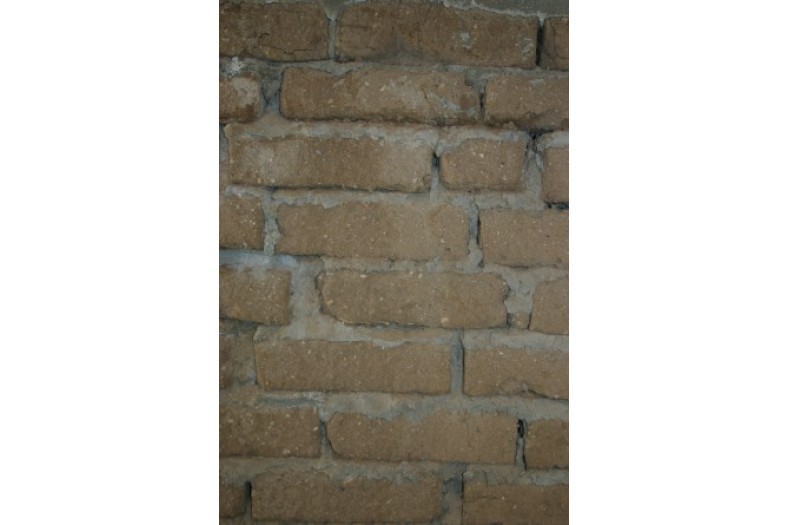
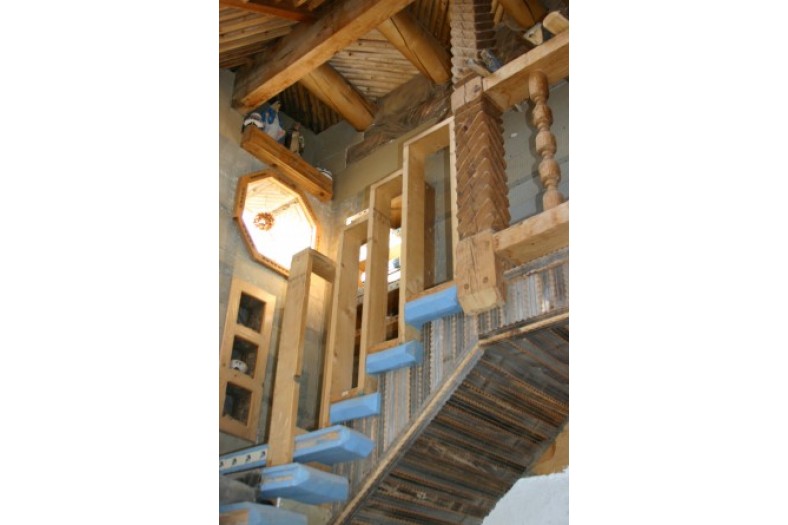

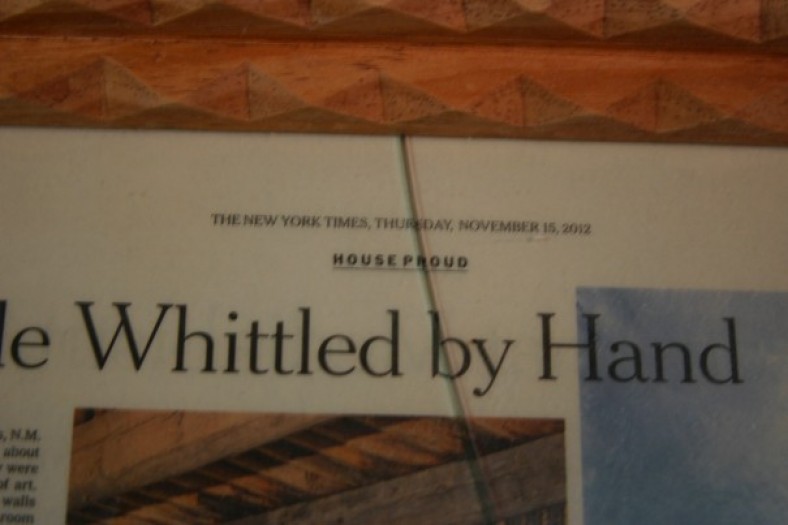
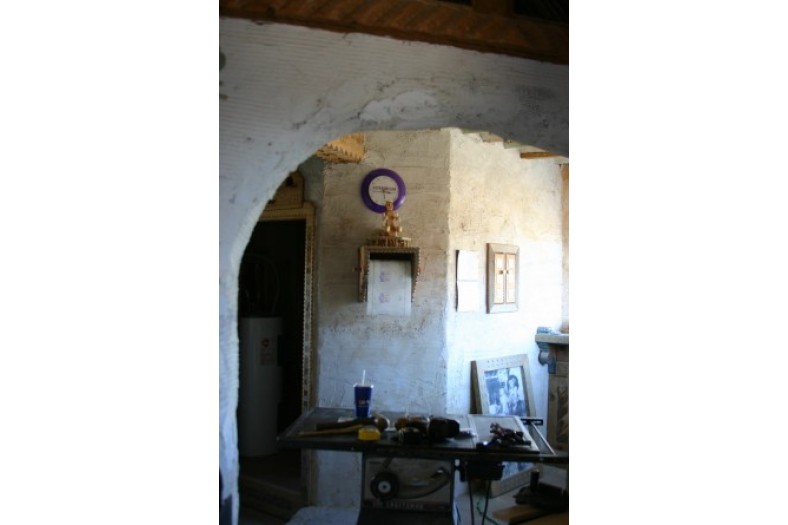
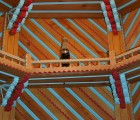
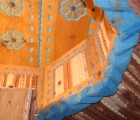


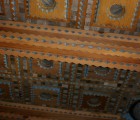
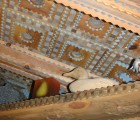
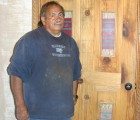

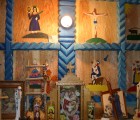
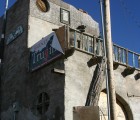
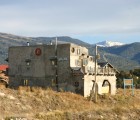
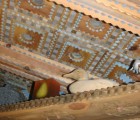
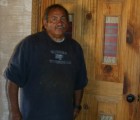
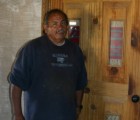
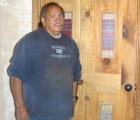
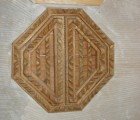
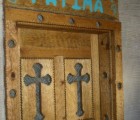

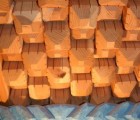
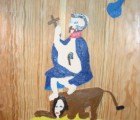
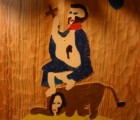
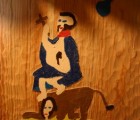
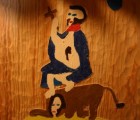
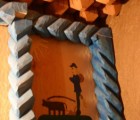
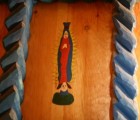
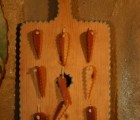
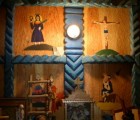


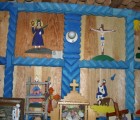
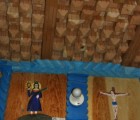

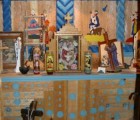
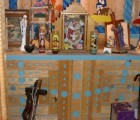
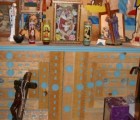
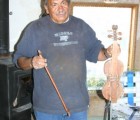
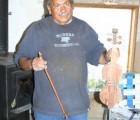
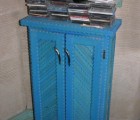
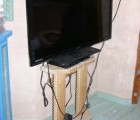

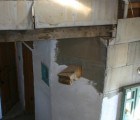
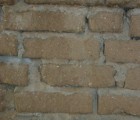
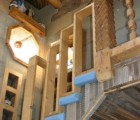
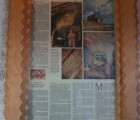
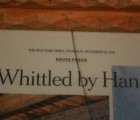
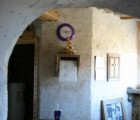

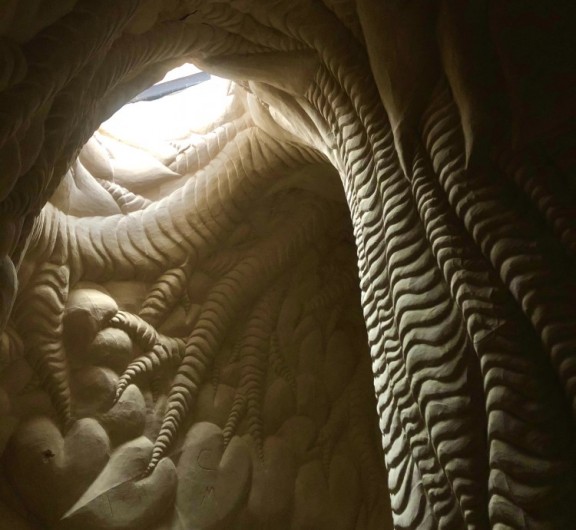


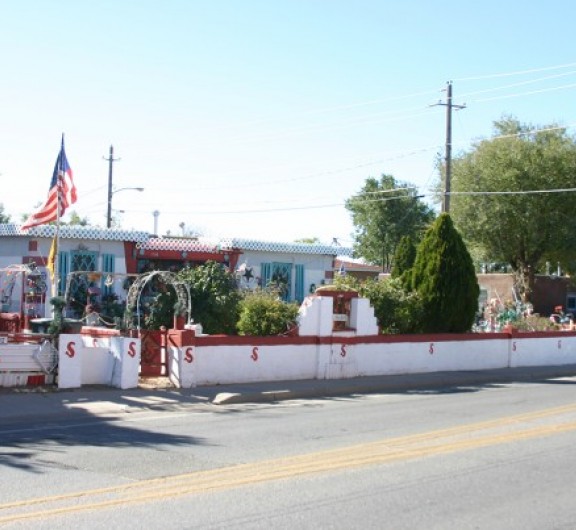
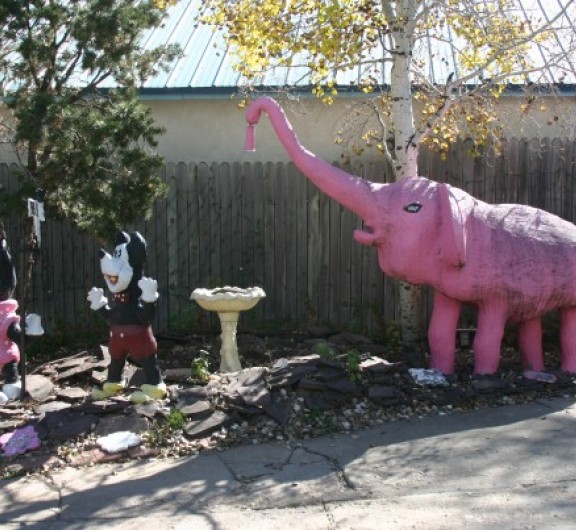

Post your comment
Comments
No one has commented on this page yet.